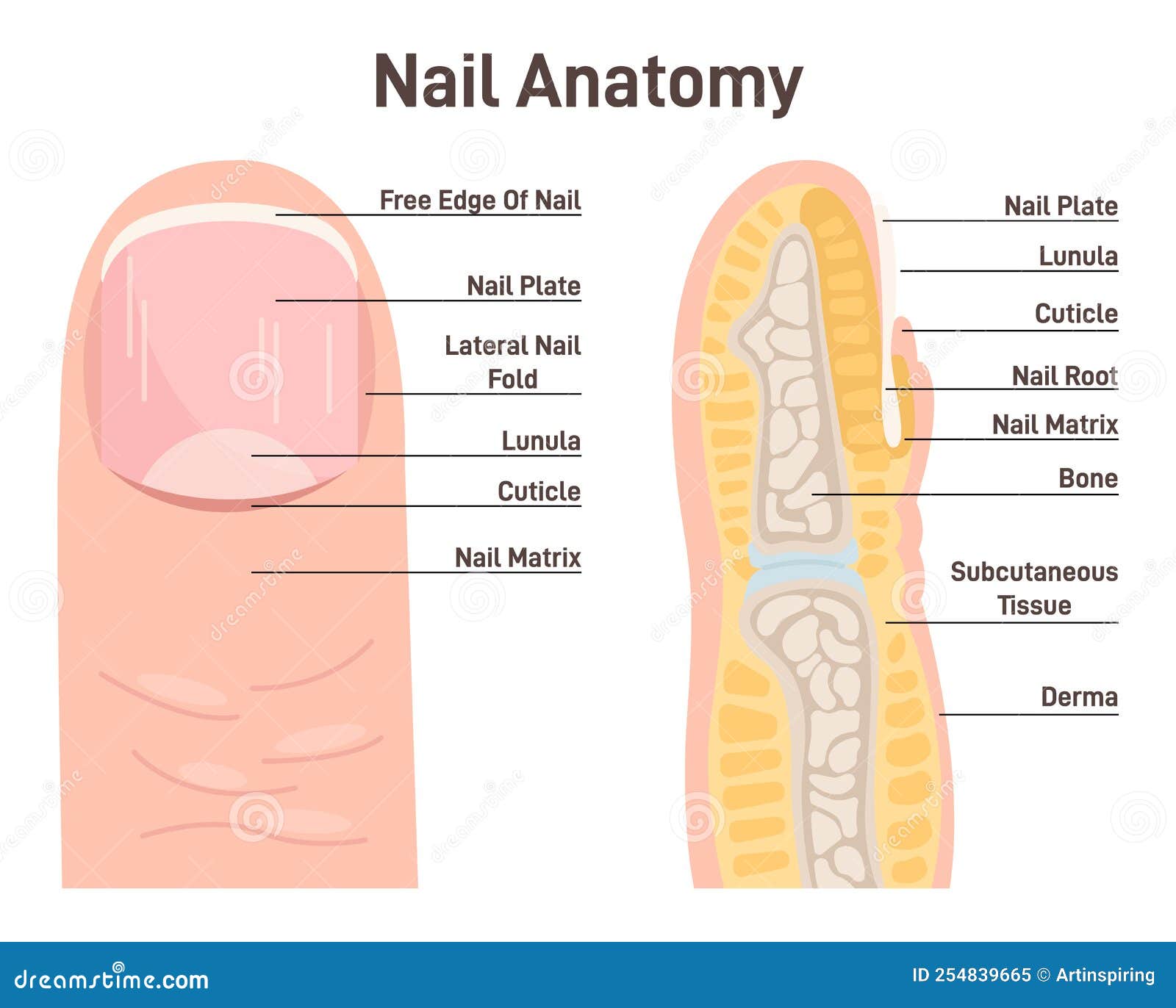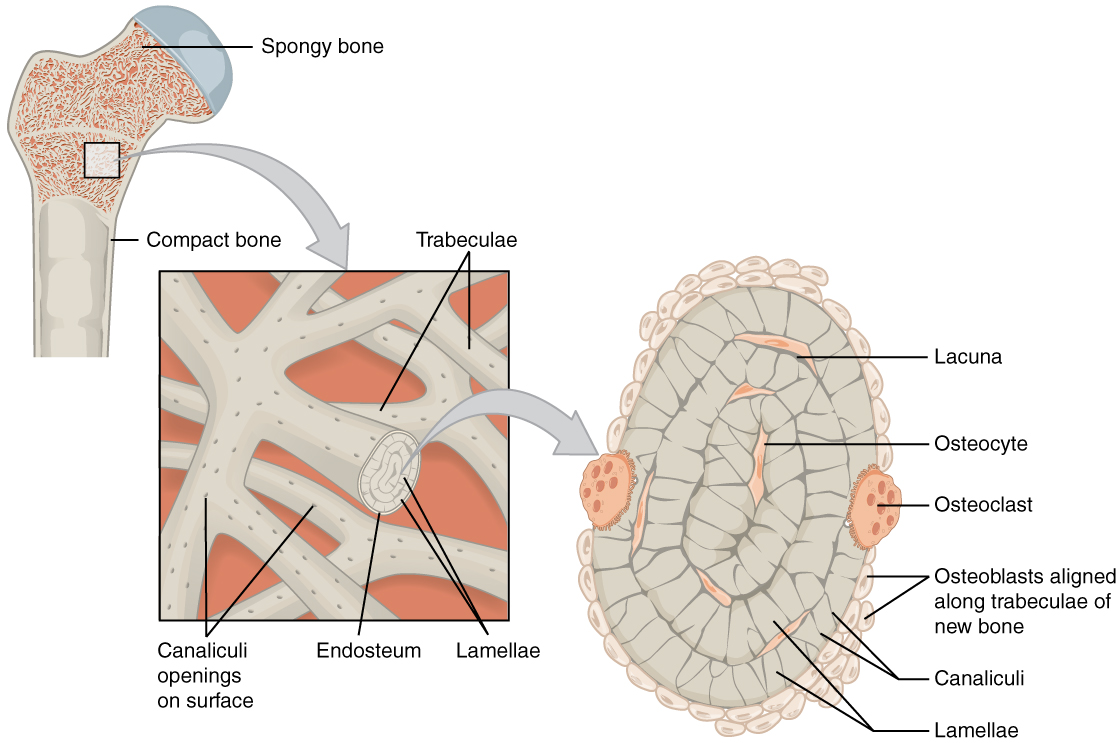Are Nails Bones? Understanding the Anatomical Differences
A common misconception is that fingernails and toenails are made of bone tissue. While both nails and bones are hard structures in the human body, they are fundamentally different in their composition, structure, and function. Let's explore what nails are actually made of and how they differ from bones.
What Are Nails Made Of?

Nails are composed primarily of keratin, a tough, fibrous protein that also forms the structure of hair and the outer layer of skin. Fingernails and toenails are made of a tough rigid protein called alpha-keratin, a polymer also found in the claws, hooves, and horns of vertebrates. This protein makes nails strong and resilient while maintaining flexibility.
The nail structure includes several key components:
- Nail plate: The visible part of the nail made of dead keratin cells
- Nail matrix: The area under the skin where new nail cells are produced
- Nail bed: The skin beneath the nail plate
- Cuticle: The protective skin layer at the base of the nail
What Are Bones Made Of?

Bones have a completely different composition. They are primarily made of collagen, a protein that provides flexibility and tensile strength, combined with calcium phosphate (hydroxyapatite) crystals that give bones their hardness and compressive strength. Bones are made mostly of collagen, which is a different protein entirely from keratin.
The bone structure includes:
- Compact bone: Dense outer layer providing strength
- Spongy bone: Inner layer with a honeycomb-like structure
- Bone marrow: Soft tissue inside bones that produces blood cells
- Periosteum: Membrane covering the bone surface
Key Differences Between Nails and Bones
1. Protein Composition
- Nails: Made of keratin, the same protein found in hair and skin
- Bones: Made primarily of collagen with mineral deposits
2. Mineral Content
- Nails: Contain minimal minerals; primarily organic protein structure
- Bones: Rich in calcium phosphate and other minerals (about 65% mineral content)
3. Living vs. Dead Tissue
- Nails: The visible part consists of dead cells with no nerve endings
- Bones: Living tissue with blood vessels, nerves, and active metabolism
4. Growth Pattern
- Nails: Grow continuously from the matrix, pushing older cells forward
- Bones: Grow and remodel through a complex process involving bone-forming and bone-resorbing cells
5. Function
- Nails: Protect fingertips, assist in grasping, and provide tactile sensation
- Bones: Support body structure, protect organs, enable movement, and produce blood cells
Scientific Evidence
Research has shown that while there may be some correlations between nail health and bone health, this is due to shared nutritional factors rather than similar composition. Keratin is the main protein in nail, while collagen is the main protein in bone. Both proteins undergo post-translational modifications, but they remain fundamentally different in structure and function.
Studies have explored whether nail properties could be used as indicators of bone health, but these investigations focus on potential biomarkers rather than suggesting any structural similarity between nails and bones.
Common Myths Debunked
Myth: Nails are made of calcium like bones Reality: Nails contain very little calcium and are primarily protein-based
Myth: Strong nails indicate strong bones Reality: While both may reflect good nutrition, nail strength doesn't directly correlate with bone density
Myth: Nails grow from bone tissue Reality: Nails grow from specialized skin cells in the nail matrix
Conclusion
Nails are definitely not bones. They are specialized structures made of keratin, a protein that provides strength and flexibility without the mineral content that characterizes bone tissue. While both serve important protective and functional roles in the body, they are anatomically and biochemically distinct structures with different origins, compositions, and purposes.
Understanding this distinction helps us better appreciate the unique properties of both nails and bones, and why each requires different care and attention for optimal health. The next time someone asks if nails are bones, you can confidently explain that they are actually remarkable protein structures that deserve recognition in their own right.
Comments
Post a Comment